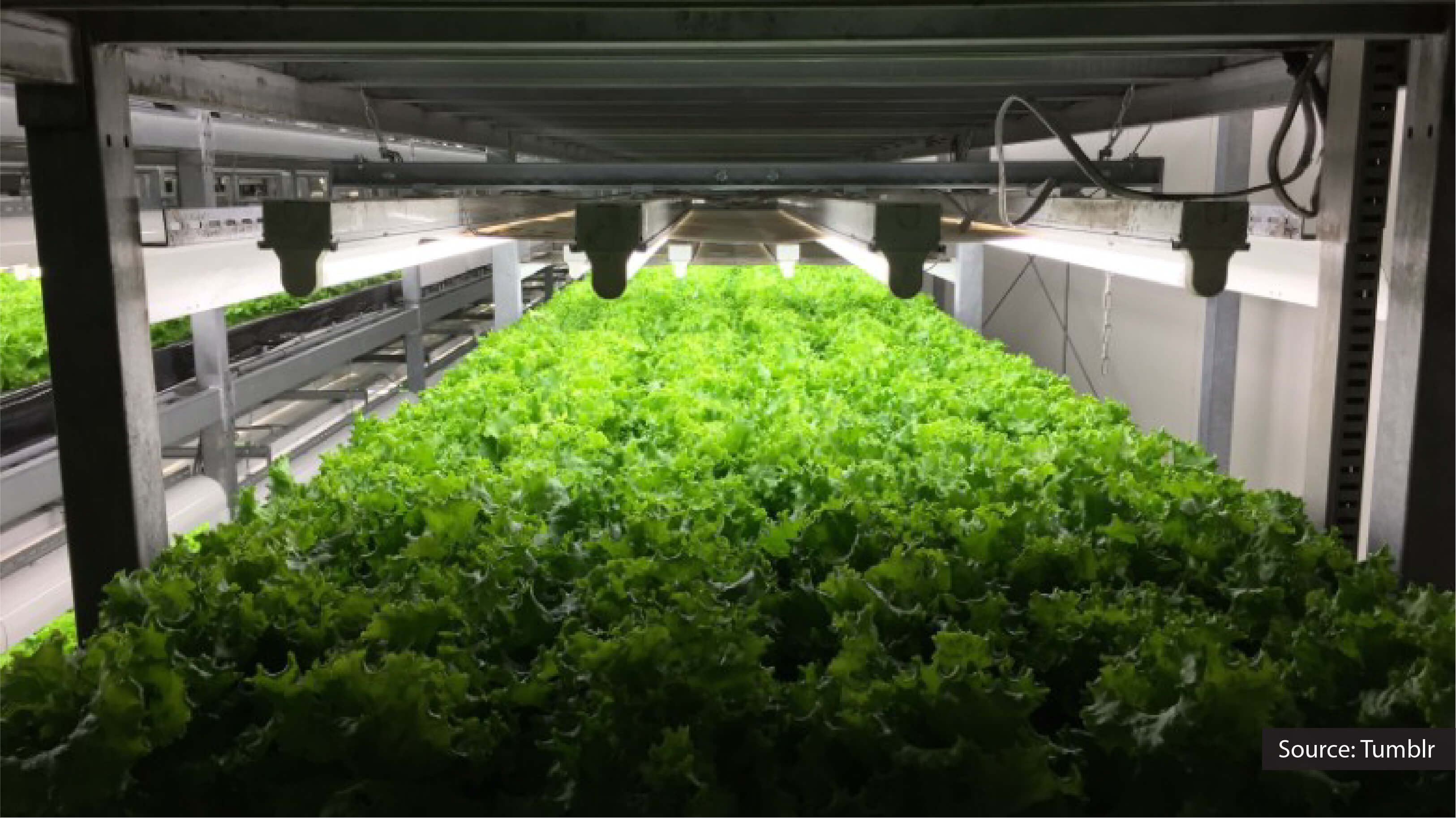On March 11, 2011, the most intense earthquake in Japanese history hit its north east coast — magnitude 9.0. The earthquake was so powerful that it severely damaged buildings, road, and rail infrastructure in Tokyo, which was 373 km away from the epicenter. This was an undersea megathrust earthquake.
Fifty minutes after the earthquake, tsunami waves as high as 13 meters hit the eastern part of Japan, leaving more than 15,500 dead, 6,000 injured, and 2,500 people missing. The tsunami struck so hard that it resulted in a Level-7 nuclear disaster in Fukushima (in Japanese, Fukushima means Fortune Island); it is the second nuclear disaster in the history of mankind which was given level-7 criticality after the Chernobyl disaster in 1986.
Fukushima had six separate boiling water reactors maintained by Tokyo Electric Power Company (TEPCO). Due to the powerful earthquake and tsunami, the nuclear power plant in Fukushima was subjected to serious structural damage. This resulted in hydrogen-air explosion on top of each nuclear reactor, releasing huge amounts of radioactive particles including Iodine-131, Caesium-134/137, Tellurium-129m, and Strontium 90 into the atmosphere. These radioactive particles contaminated air, soil, and water in and around Fukushima.
Unfortunately, Fukushima was one of the most agriculturally important regions in Japan. There are close to two million farmers in Japan, of which 70,000 are in Fukushima. The farmers of Fukushima had to deal with radioactive contamination of their soil, crops, livestock, and the marine ecosystem in addition to the tragedy caused by the tsunami. Due to radioactive contamination everywhere, the government of Japan imposed restrictions on the growing and selling of crops, dairy products, and seafood.
Now, Japan needed to increase its production to make up for the agricultural loss in Fukushima and, very importantly, it needed food products without radioactive contaminants. If this is not achieved, Japan would head toward a food crisis.
In Kameoka (a satellite town to the west of the Japanese city of Kyoto), the Japanese agriculture technology company SPREAD had started working on a smart farming system on barren land. SPREAD built a vegetable factory in a 2868.22 m2-area.
Inside the doors of this warehouse-like agriculture complex, SPREAD uses vertical farming system.
SPREAD vegetable factory grew lettuce in a soil-less and sunless ecosystem.

In an interview with CNN on September 19, 2016, Shinji Inada, the president of SPREAD, said, "The turning point was the incident in 2011 at the Fukushima nuclear facility. After what happened there, people became more aware of the importance of safe food and it kind of turned the tables for us."
Here a sophisticated form of hydroculture known as the Hydroponics method is used, where plants are grown in an aqueous solution of mineral nutrients with water as a solvent. In this method, terrestrial plants are grown with roots exposed to a mineral nutrient solution.

Since this is an indoor farm, LED lights on top of each shelf provide adequate light for photosynthesis and the growth of lettuce.

At this vegetable factory, human involvement is restricted to sowing the seeds; later, everything till the harvest is taken care of by robots and sensors.
With the help of modern sensor technology, the following factors are measured:
- Lighting
- Level of nutrients in the mineral solvent
- Humidity level inside the setup
- Temperature level inside the setup
- Level of CO2
To maintain these factors at the optimal level, robots are installed which take corrective measures.
The lettuce is grown in a highly controlled environment at this facility. As a result of not using any fertilizer, the lettuce grown at this agriculture facility is richer in beta-carotene (an antioxidant) than farm-grown lettuce.
The setup has stacker cranes which carry the stacks to the robots for harvesting after they have reached maturity. It takes 40 days for a lettuce head to be ready for harvest, whereas it takes two months for farm-grown lettuce. After the harvest, the lettuces are moved to the packaging section without any outside intervention. There are either retail or packaging boxes wholesale used for that purpose. The SPREAD’s facility at Kameoka has an output capacity of 21,000 lettuces per day.
This innovative move by SPREAD is not only providing vegetables free from radioactive contamination but also contributing to the ecology to a great extent. Here is how:
Water Recycling
Water used for cultivation of lettuce in the vegetable factory is reused after filtration and purification. At this facility, 98% of water is recycled, and it significantly reduces the water consumption—a mere 0.83 liters is used to grow one head of lettuce.

Zero damage due to pesticides
Since this vegetable factory uses the hydroponics method to cultivate lettuce, pesticides are not required during the cultivation lifecycle. Hence, soil and water contamination is prevented and the balance of microbes and insects in ecosystem is preserved.
Reduction in energy consumption
SPREAD has developed specialized LED lights and an air conditioning system to be used at their vegetable factory, reducing the energy consumption by 30%.
SPREAD is currently working on a second vegetable factory at Keihanna, with an output capacity of 30,000 heads of lettuce per day with 86.7% reduction in water usage.

































